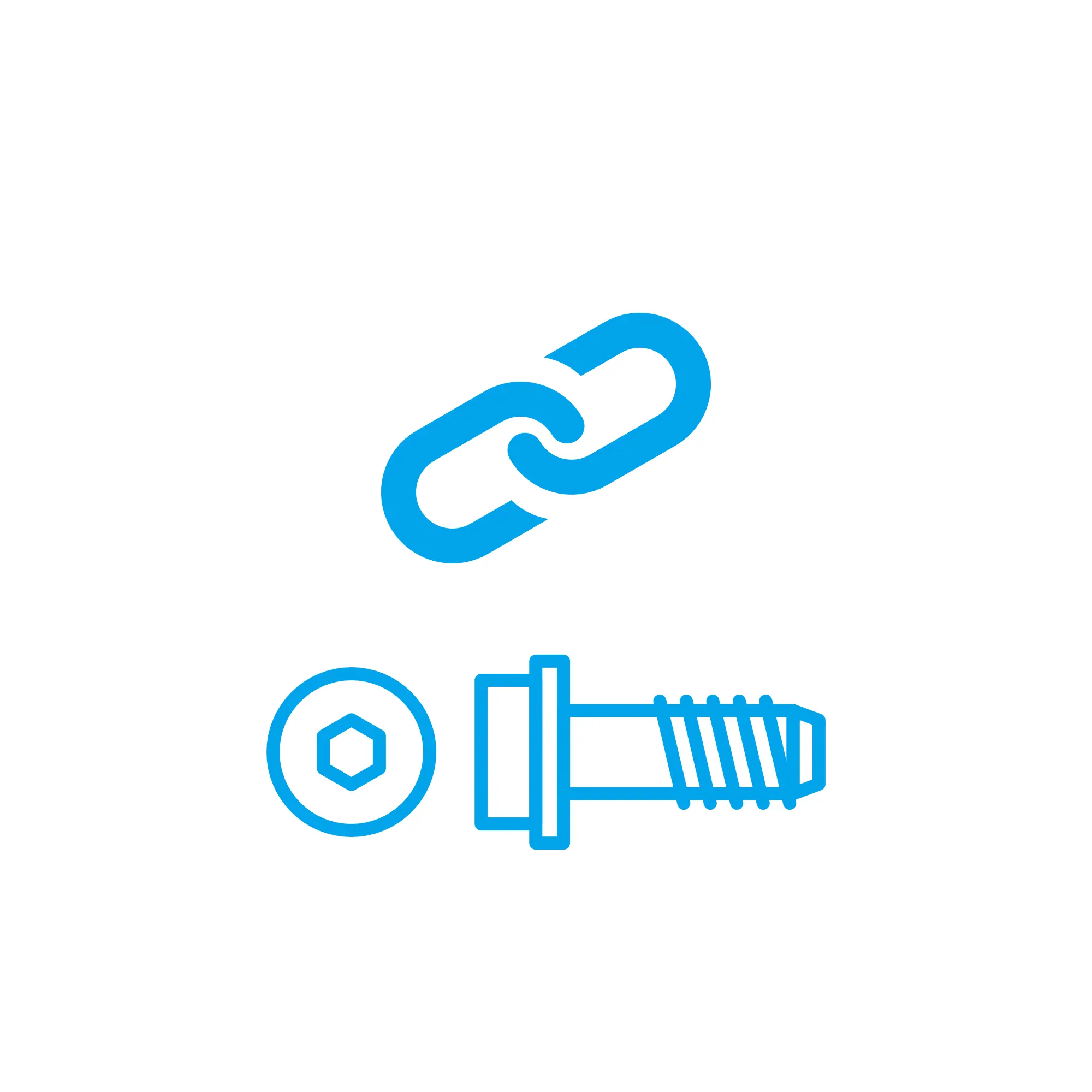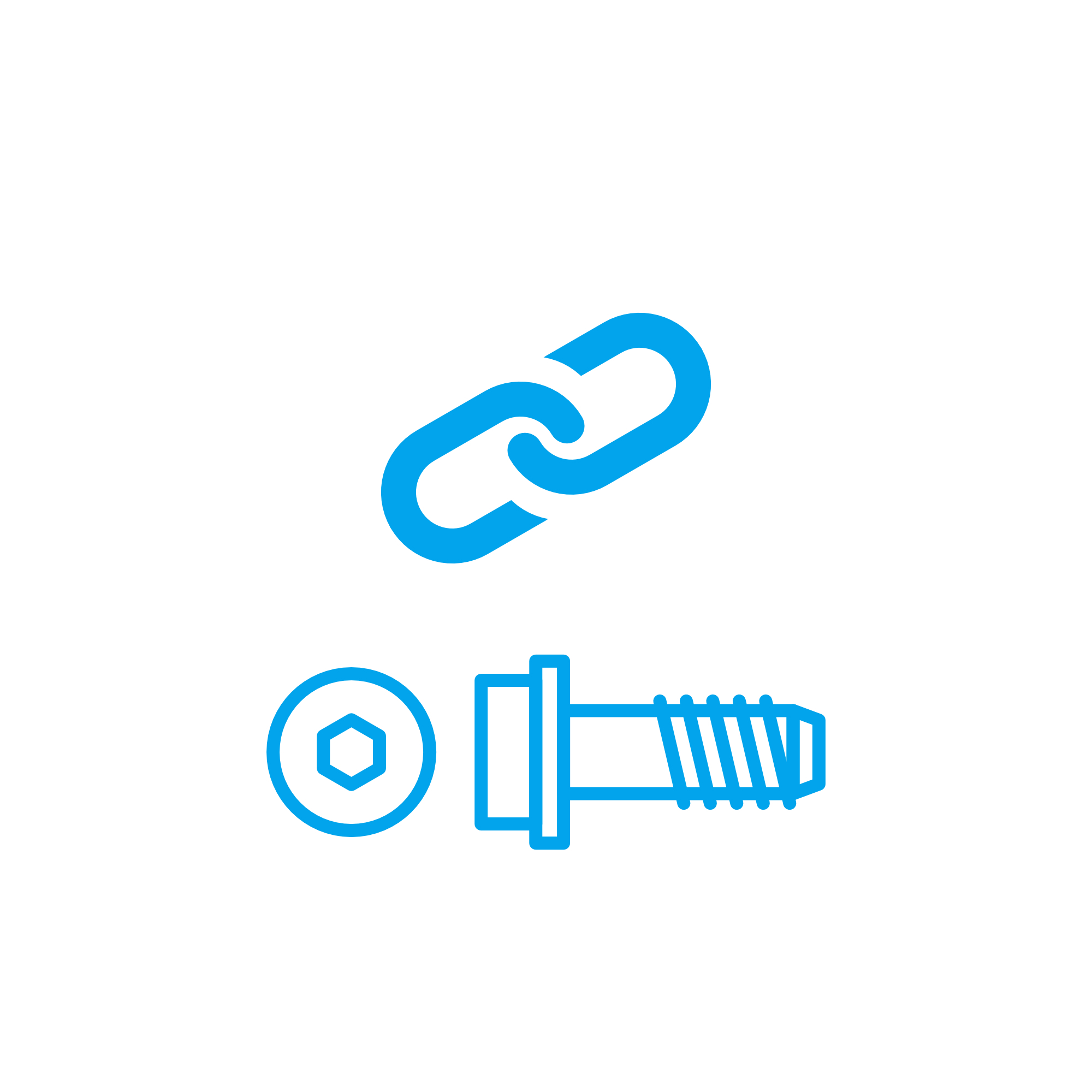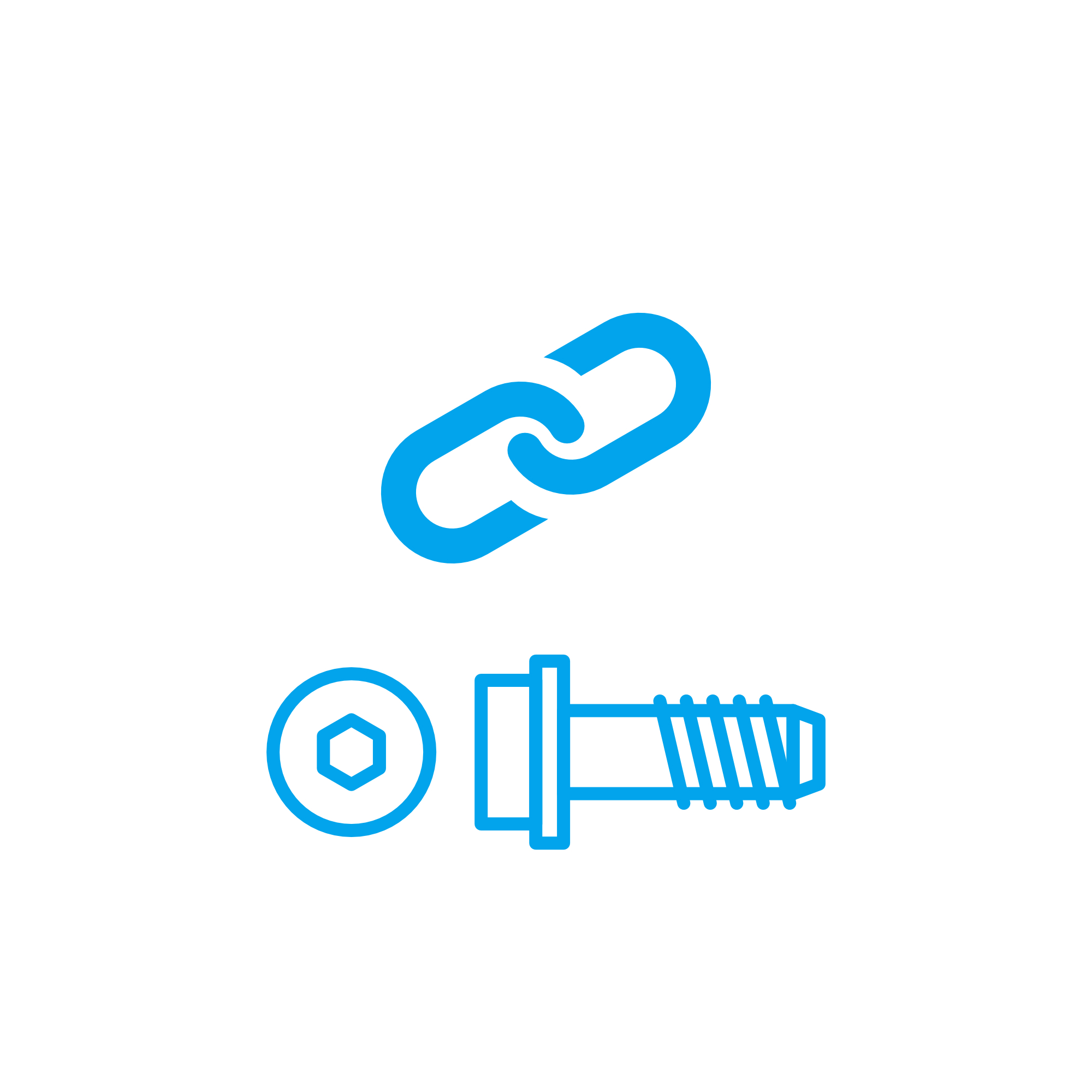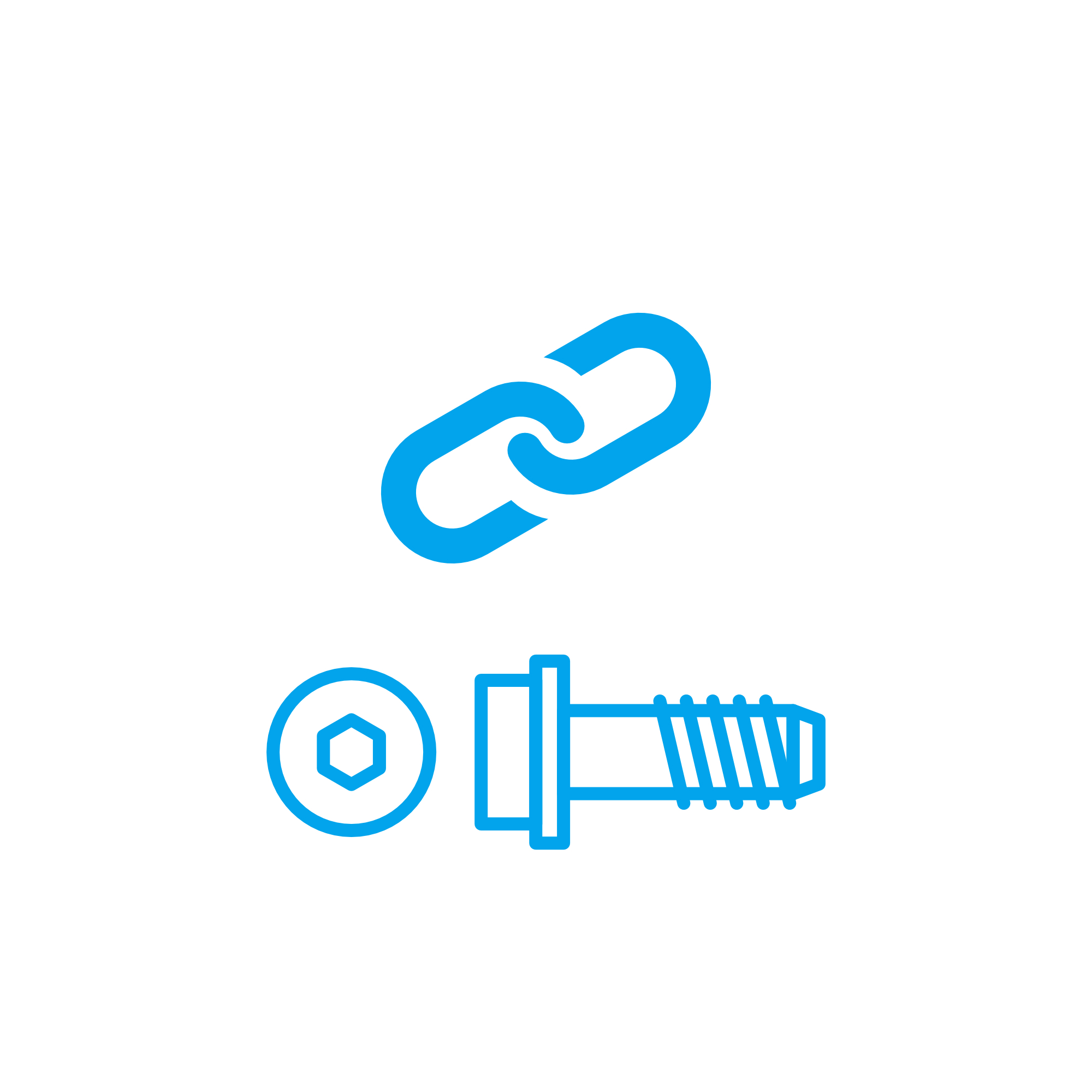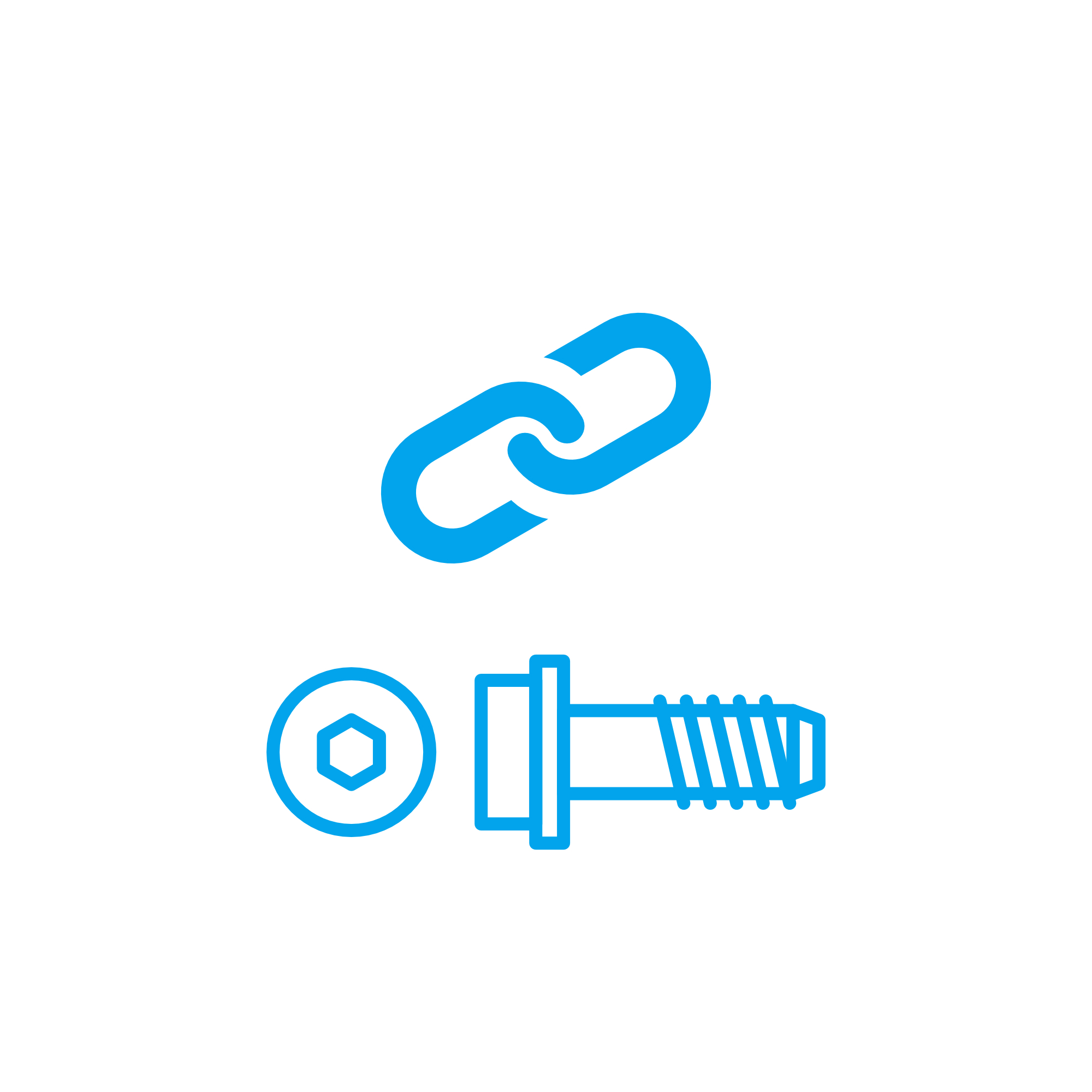THREADED INSERT Connecting Elements for High‑Demand Diesel and Marine Engines
Connecting elements are the engineered fasteners and interfaces that clamp, align, and seal an engine’s critical assemblies. This article category includes bolts, studs, nuts, washers, clamps, dowel pins, and—increasingly vital for serviceability—the THREADED INSERT. In large diesel and gas engines, especially in a marine engine environment, these components are foundational to structural integrity and long-term reliability. They maintain joint preload under thermal cycles, absorb dynamic forces, and protect housings from wear, ensuring every subsystem—from cylinder heads to turbochargers—operates within design tolerances.
Within this mix, the THREADED INSERT provides reinforced threads in softer base materials (such as aluminum cylinder heads or alloy covers) and restores damaged threads with a robust, repeatable interface. Whether specified from new or installed during overhaul, it protects castings, stabilizes torque values, and safeguards the repeatability of maintenance across the engine’s lifecycle.
Technical function of connecting elements and THREADED INSERT in a diesel engine
Connecting elements create controlled clamping forces that hold components together against gas pressure, vibration, and thermal expansion. Bolts and studs are tightened to a target preload—often using torque-angle or yield methods—to achieve the optimal compression of gaskets and to maintain precise alignment of bearing caps, liners, manifolds, and ancillary brackets. Washers, spacers, and dowels complement this function by distributing load and locking alignment, reducing fretting and micro‑movement that can compromise sealing or cause fatigue.
A THREADED INSERT in a diesel engine or marine engine serves two key technical roles. First, it increases thread shear strength where the parent material is relatively soft or thin, raising the allowable preload without risking thread pull‑out. Second, it delivers repeatable torque‑tension performance across service events, thanks to hardened internal threads with defined tolerances. Solid-bushing inserts and wire-type coils are selected based on load cases, temperature, and service access. In engine blocks and heads, inserts are common for valve cover screws, exhaust manifold fasteners, injector clamp bolts, and accessory mounts. In turbocharger and aftertreatment interfaces, high-temperature inserts resist galling and maintain clamping force despite thermal cycling.
In marine engine applications, corrosion resistance is equally crucial. Materials and coatings used for connecting elements—such as alloy steel in property classes 10.9/12.9 with phosphate or zinc-flake coatings, stainless solutions for low-magnetism needs, and nickel-based inserts for hot zones—are specified to balance tensile strength, fatigue life, and corrosion protection. Properly matched thread form and tolerance (e.g., metric ISO, UNC/UNF) reduce assembly friction scatter and deliver predictable preload, an essential factor for safety and efficiency.
- · Consistent preload and load transfer across engine joints.
- · Reinforced threads via THREADED INSERT to protect castings.
- · Resistance to vibration, thermal cycling, and corrosion.
- · Precise alignment of components for optimal efficiency.
- · Serviceability with repeatable torque values and reduced downtime.
- · Material/coating combinations tailored to diesel and marine duty.
Why connecting elements are critical for engine reliability and service life
Every hour of operation exposes fastened joints to fluctuating stress, pressure pulses, and temperature gradients. If connecting elements lose preload or threads degrade, clamped surfaces can separate microscopically. The result is gasket leakage, blow-by, hot gas erosion, or loss of alignment that accelerates bearing wear and causes vibration. A single stretched stud in a cylinder head joint can distort the sealing plane, while a corroded exhaust fastener can lead to turbo flange leakage and efficiency penalties. Over time, improper thread engagement or damaged housings magnify these risks, inviting unplanned stops and higher lifecycle cost.
THREADED INSERT solutions mitigate these failure chains by increasing thread engagement length and shear area in the parent component. This preserves the clamping capability even after repeated disassembly, and it protects costly castings from scrap due to stripped or galled threads. For high-hour vessels and power plants, these measures translate directly into availability and predictable maintenance schedules.
Advantages of OEM spare parts suitable for connecting elements and THREADED INSERT
Choosing OEM spare parts suitable for connecting elements ensures specification fidelity across metallurgy, heat treatment, thread class, and protective coatings. That precision matters because torque values, friction coefficients, and yield behavior are calibrated to the exact fastener and insert design. Using a matched THREADED INSERT from OEM parts preserves dimensional tolerances, allowing the intended preload to be reached without over‑stressing the housing.
Beyond fit and function, OEM spare parts suitable for connecting elements provide documented batch traceability, consistent proof loads, and validated corrosion performance—critical in salt-laden marine environments and hot exhaust zones. Tight control over thread geometry and surface finish supports reliable torque‑tension relationships, minimizing the scatter that can lead to under‑ or over‑tightening. For torque-to-yield head bolts, con-rod bolts, and high‑temp manifold studs, this consistency is central to performance, reliability, budget control, and service life.
In financial terms, high-fidelity connecting elements reduce rework, shorten dock time, and protect major components like cylinder heads and turbochargers from secondary damage. The result is lower total cost of ownership through fewer interventions and longer intervals between overhauls.
THREADED INSERT in marine engine service: practical considerations
When specifying a THREADED INSERT OEM parts solution for a marine engine or industrial diesel engine, consider thermal class, parent material hardness, and accessibility. Solid inserts with positive mechanical locks resist back‑out under vibration, while helical wire inserts offer excellent distribution of loads in thin sections. Apply compatible anti‑seize or lubricant where specified to control friction; align with the engine maker’s torque or torque‑angle values after repair. Finally, ensure galvanic compatibility between insert, fastener, and housing to minimize corrosion cells in brackish or offshore conditions.
MOPA: a reliable partner for OEM spare parts connecting elements
MOPA supplies OEM spare parts for connecting elements—including bolts, studs, nuts, washers, and THREADED INSERT solutions—backed by technical expertise and rapid logistics. As a trusted partner for diesel and gas engines, MOPA prioritizes speed, quality, and security in the trade of OEM parts, from urgent AOG-style shipments to planned overhaul kits with full documentation and traceability.
Procurement teams benefit from precise identification, cross-referencing of part numbers, and application-matched materials and coatings suitable for harsh marine service. With MOPA, you streamline sourcing, reduce risk, and maintain the performance envelope intended by the engine manufacturer across the entire fastened joint.
Conclusion: connecting elements and THREADED INSERT for dependable operation
Connecting elements are the unseen backbone of every engine, and the THREADED INSERT plays a decisive role in protecting housings and delivering repeatable clamp forces. Selecting OEM spare parts suitable for connecting elements ensures the performance, reliability, budget control, and service life that professional fleets require.



